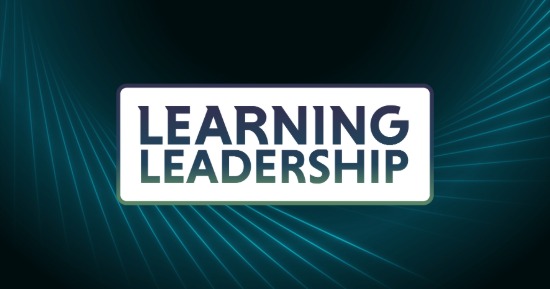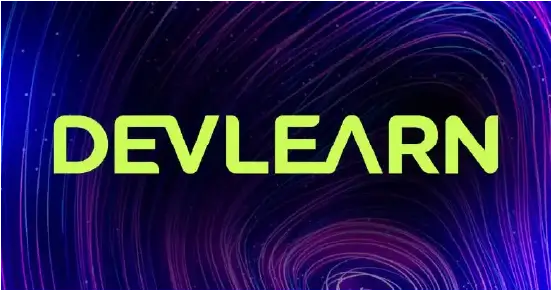According to LinkedIn’s 2020 Workplace Learning Report, 51% of learning and development professionals plan to launch upskilling programs in the next year, while 43% plan for reskilling programs. What is the difference between these two types of initiatives, how do you know which one should have priority for your organization, and what actions should learning and development organizations undertake to execute on that priority? In this article, my intent is to focus on upskilling.
Changing conditions
In the past year, digital transformation, the pandemic, and “working from home” have substantially changed the way business works, and this has driven organizations to consider the need to improve employee skills through reskilling and upskilling, without hiring new people. This move actually started before 2020 in larger organizations, and with continued changes it is becoming stronger.
What is your view of upskilling and reskilling? These are not mechanical replacements for existing initiatives. They are the key to evolving in times of change that are beyond your control, through attention to development plans for personal success and to overall plans for business success. What does this mean, and how do you do it?
Reasons for reskilling
Reskilling the workforce is a response to:
- Fundamental changes to jobs
- Job obsolescence
- New skills needed to perform a different in-demand job in the same organization
- Organization can’t afford to hire new employees
Reasons for upskilling
Upskilling involves making incremental changes to skill sets without necessarily changing the fundamentals of the jobs themselves. This may be a matter of:
- Future-proofing: Improve performance without changing jobs or career paths
- Strategic changes in business objectives
- Skill requirements driven by changes in technology or regulatory rules: e.g., robotic process automation, certifications
- Supporting new initiatives; for example, managers need to add coaching skills to achieve DEI objectives
Upskilling
I interviewed Joe Miller, BenchPrep’s VP of learning design and strategy, about his view of upskilling. BenchPrep is a provider of cloud-based learning products that employees can use in preparing for professional certifications. I asked Joe to clarify the difference between reskilling and upskilling, since both words might appear to refer to the same thing.
Joe’s response was that upskilling and reskilling are important distinctions in designing mastery-based and competency-based learning. The choice L&D makes affects the selection of the learning platform and the design of the delivery format.
Here’s how Joe distinguishes them:
“Our organization started off as a mastery-based, competency-based learning platform. If someone is needing to get certified, the program is designed to help lead them along to that competency. The focus initially was all about upskilling and making learning something new, or even something the person knew about before but taking it to the next level.
“So upskilling is goal-oriented with higher stakes, such as getting certified as a CFA (Chartered Financial Analyst). Some programs do more continuous learning; parsing things out on a weekly basis, or as refresher courses. If a customer is on the technology side, where an employee takes a course and gets a certificate, our program would come in after the fact and the employee would opt-in to get a couple of questions a day on a mobile app as a refresher. We also use gamification to encourage people to come back into the platform, through flashcards, games, puzzles, or crosswords, to keep the material fresh. In my opinion, when social learning and the ability to collaborate with other learners come together, upskilling takes learning to a new level.”
Joe points out that success, both in reskilling and upskilling, is the result of thinking about learning and about engagement. “It’s more than the material, it’s definitely how you deliver it, as opposed to what ‘it’ is.” One approach is to provide clients with a platform and an LMS, and to help clients stand up an optimal learning experience that does leverage personalized learning engagement to move their people into a digital environment.
What to do about upskilling
There are many ways to implement an approach to upskilling, especially when you recall that upskilling is, as Joe said, “goal-oriented with higher stakes.” It provides more value to the learner, and therefore must be worth the time it takes. Here are some tips.
Use what we know about modern learners
Several years ago, Bersin by Deloitte’s published an infographic titled “Meet the Modern Learner” (no longer readily available online, but worth locating a copy). While the digital transformation and the pandemic have affected some of the characteristics of modern learners, engagement is still an important part of making upskilling initiatives successful, along with understanding that:
- There are synergies between the needs of modern learners and digitization such as mobile learning, especially in making access to resources fast and simple;
- Personalization of content and adaptive learning lead to engagement;
- Gamification tactics such as “streaks” build habits, and rewards provide dopamine motivation;
- It is important to meet learners where they are and to support peer learning by using social approaches;
- Because working from home also means learners use more than one device to access online resources, cross-platform availability is essential.
Help learners schedule
Learners, especially those working from home, are busy and face many distractions and interruptions. Provide on-demand learning in lengths that will fit more easily into a busy and unpredictable life. Offer integration where possible with popular calendaring apps.
Microlearning
Microlearning approaches to learning enhance success by improving retention.
- Make a review available at the point of need of the next step or steps within a workflow
- Include opportunity for reflection on applications of a learned idea, situation, or task
- Suggest changing behavior to conform to new conditions
- Provide mini-practice elements to sharpen a new skill
- If instructor-led training (including virtual delivery) will be part of the plan, assign short videos to provide pre-program advance organization
Skills discovery
In his March 26, 2021 article, Skills: Not Just A Checklist, Marjan Bradeško, chief learning strategist, NIL Ltd., identified an important part of onboarding planning that also applies to planning upskilling: Look for skills that are not in a job description; not only skill gaps but potential hidden skills that can contribute significantly to personal and business success. These should be in the overall development plan. As Marjan advises, “Strengthen them (by including them in learning paths, in workflow learning, in knowledge sharing).”
The joy of reskilling as a motivator
Christina Pavlou (a content writer at TalentLMS), points out something extremely important in her December 7, 2020 article, Reskilling/Upskilling in 2021: Challenges & Best Practices: “The joy of learning new things can bring to a person should not be underestimated. According to a TalentLMS survey, 66% of employees ranked the joy of learning new things and developing new skills as the top upskilling motivator. Another 80% of them said that upskilling/reskilling training has boosted their confidence. Upskilling employees is more than a strategic decision in order to maintain your staff’s competitive edge. It’s a way to offer them a sense of certainty and security, during these highly uncertain times.”










